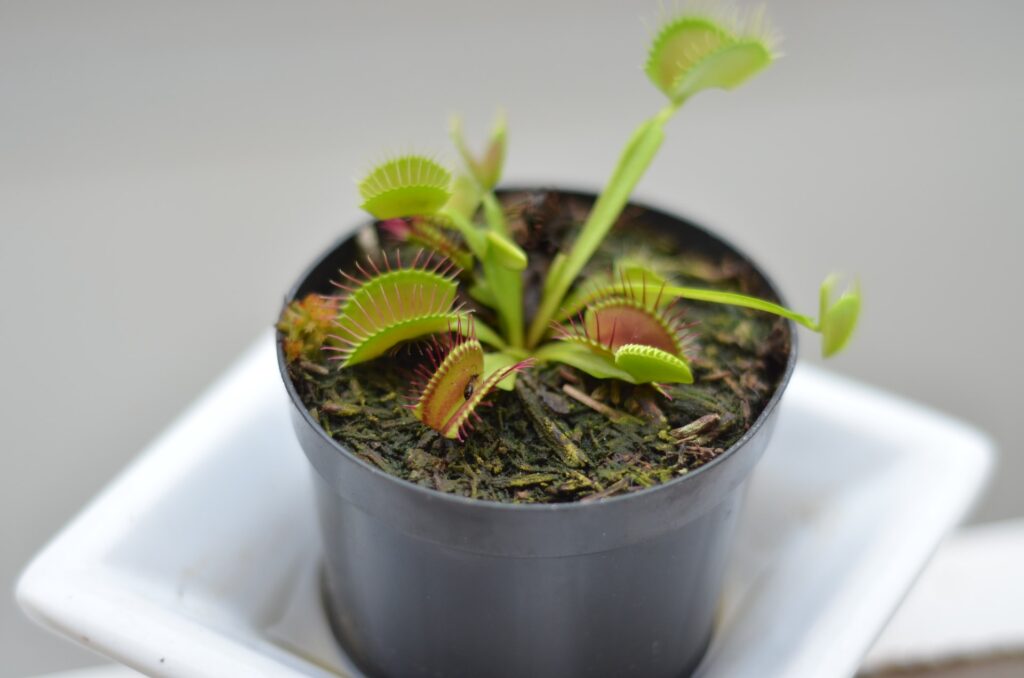A team of interdisciplinary researchers from various universities has now shown that the carnivorous plant Venus Flytraps generate measurable magnetic fields. The team used an atomic magnetometer and proved that it is possible to record this biomagnetism.
Carnivorous plant Venus flytrap (Dionaea muscipula) encloses its prey using modified leaves as a trap. For doing this, it generated electrical signals known as action potentials and these signals trigger the closure of the leaf lobes.
The research was something like performing an MRI scan in humans.
In humans, brain voltage changes in certain regions due to electrical activity that travels through nerve cells in the form of action potentials. Techniques such as EEG, MEG and MRI can be used to record these activities and noninvasively diagnose disorders.
Even plants when stimulated generate electrical signals that can travel through a cellular network just like the animal nervous system.
“We have been able to demonstrate that action potentials in a multicellular plant system produce measurable magnetic fields, something that had never been confirmed before,” said Anne Fabricant, a doctoral candidate in Professor Dmitry Budker’s research group at JGU and HIM.
In Venus Flytrap, interestingly, the trap is electrically excitable in different ways, in addition to mechanical influences, such as touch or injury, osmotic energy, salt-water loads, and thermal energy in the form of heat or cold can also trigger action potentials.
For the current study, researchers used heat stimulation to induce action potentials and thus they eliminated disturbing factors such as mechanical background noise in their magnetic measurements.
As we know, biomagnetism has been well researched in humans and animals but there is very less research on biomagnetism in plant kingdom done only using superconducting-quantum-interference-device (SQUID) magnetometers, bulky instruments which must be cooled to cryogenic temperatures.
But in the current research, the research team used atomic magnetometers to measure the magnetic signals of the Venus flytrap.
The sensor here is a glass cell filled with a vapour of alkali atoms, which react to small changes in the local magnetic-field environment. These optically pumped magnetometers are more attractive for biological applications because they do not require cryogenic cooling and can also be miniaturized.
The researchers detected magnetic signals with an amplitude of up to 0.5 picotesla from the carnivorous plant.
The team now aims to measure even smaller magnetic field signals generated by other plants and get enough data of biomagnetism in plant kingdon.
Journal Reference:
Anne Fabricant, Geoffrey Z. Iwata, Sönke Scherzer, Lykourgos Bougas, Katharina Rolfs, Anna Jodko-Władzińska, Jens Voigt, Rainer Hedrich, Dmitry Budker. Action potentials induce biomagnetic fields in carnivorous Venus flytrap plants. Scientific Reports, 2021; 11 (1) DOI: 10.1038/s41598-021-81114-w

